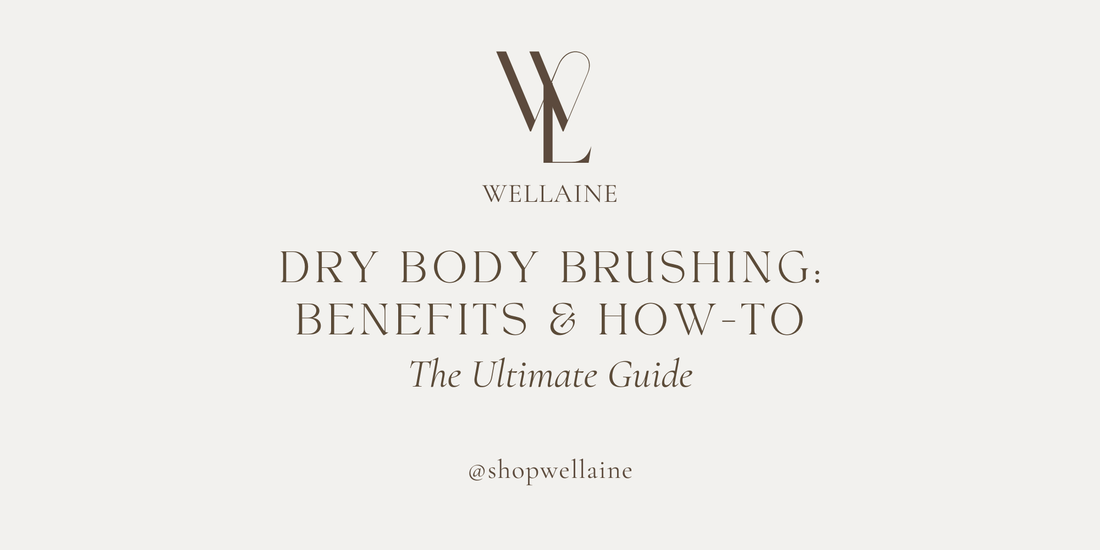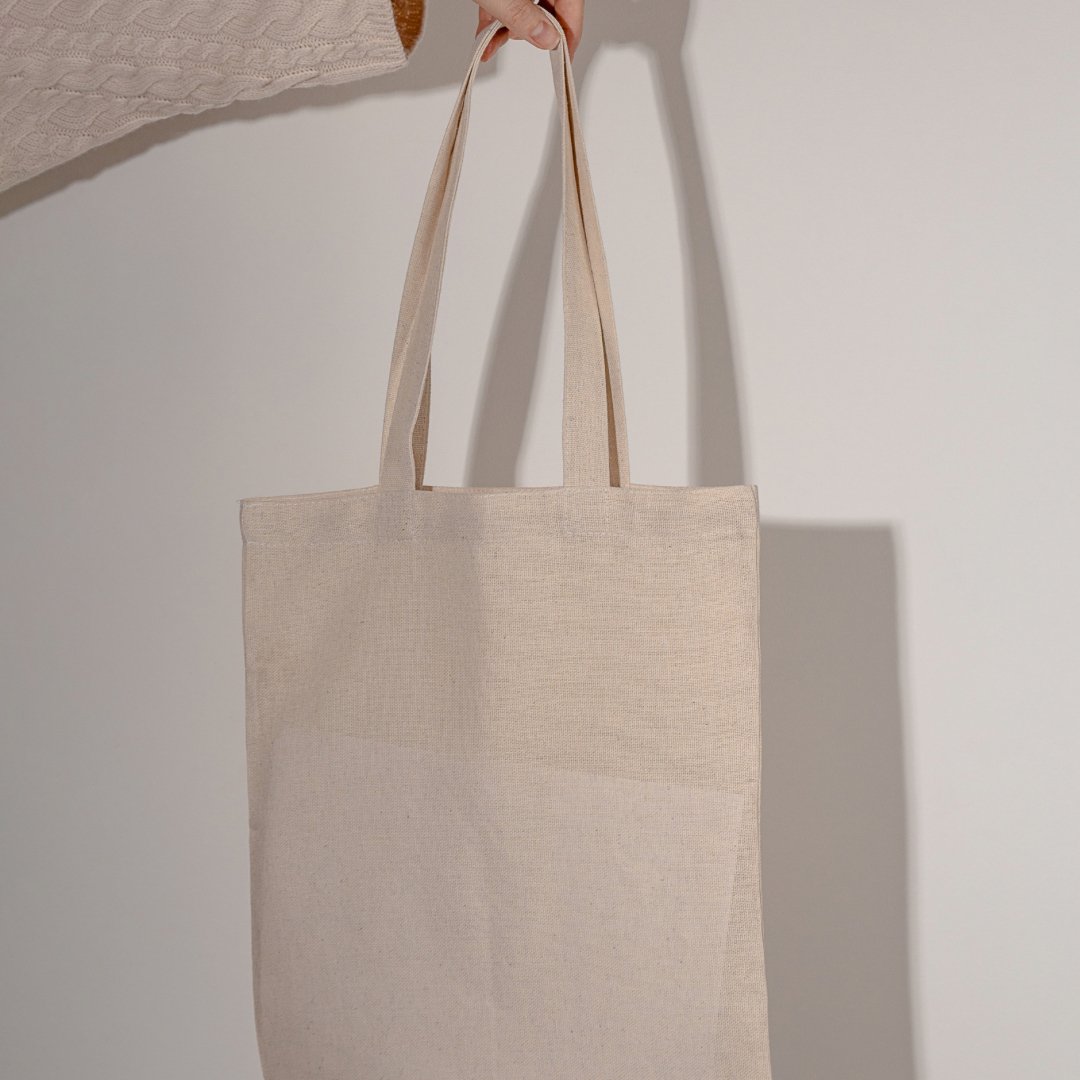
The Ultimate Guide to Dry Body Brushing: Benefits & How-To
Share
Dry body brushing has made a major comeback in the world of self-care—and for good reason. While it may feel like a modern wellness trend, this ancient ritual is rooted in centuries of holistic healing practices. And today, more people are turning to it not just for glowing skin, but for full-body benefits that go far deeper than the surface.
Whether you’re brand new to dry brushing or looking to elevate your routine, this guide will walk you through everything you need to know—science-backed benefits, proper techniques, and how to make it a ritual that truly supports your well-being.
WHAT IS DRY BODY BRUSHING?
Dry body brushing involves sweeping a firm-bristled brush across your dry skin in specific motions, usually before showering. It’s designed to stimulate the skin, support circulation, exfoliate dead cells, and encourage lymphatic flow. It’s a low-effort ritual with big payoffs when practiced consistently.
THE SCIENCE BACKED BENEFITS
1. Lymphatic Drainage and Detoxification
The lymphatic system helps filter waste and toxins from the body. Unlike the circulatory system, it doesn’t have a pump and relies on movement (like brushing) to keep flowing. Studies have shown that manual stimulation, like dry brushing, may help:
- Stimulate lymph nodes
- Reduce puffiness
- Supports the body's natural detoxification process
2. Exfoliation and Skin Renewal
Dry brushing is a form of mechanical exfoliation—which means it physically removes dead skin cells. This helps:
- Unclog pores
- Brighten the skin’s appearance
- Allow better absorption of moisturizers or oils post-shower
3. Increased Circulation
The brushing motion boosts blood flow to the skin's surface, delivering oxygen and nutrients. Many people notice a natural post-brush glow (and a sense of invigoration, too!).
4. Nervous System Support
Beyond physical benefits, dry brushing activates the nervous system in a way that can feel both energizing and grounding. Think of it as a gentle way to “wake up” your body and reconnect with yourself.
5. Potential Cellulite Reduction (with a caveat)
While there’s limited clinical research on cellulite and dry brushing, many people report a temporary smoothing effect. That said, consistency is key, and it’s best viewed as a supportive, not solution-based, ritual.
HOW TO DRY BODY BRUSH: STEP-BY-STEP GUIDE
1. Start with a Natural Bristle Brush
Look for one with a long handle and medium-firm bristles. We recommend our Detoxifying Dry Body Brush made from eco-friendly bamboo and sisal fibers.
2. Brush on Dry Skin
Before your shower, in the morning or evening — whenever you want to feel refreshed.
3. Use Upward, Sweeping Motions
- Start at your feet and work your way up
- Brush towards the heart to support lymphatic flow
- Use long strokes on limbs and circular motions on joints
- Be gentle around sensitive areas like the chest and stomach
4. Don't Overdo It
Your skin should feel stimulated, not scratched. A slight pinkness is normal; redness or irritation means you’re pressing too hard.
5. Rinse and Moisturize
Follow with a shower to wash away exfoliated skin, then apply a nourishing body oil or lotion to lock in hydration.
HOW OFTEN SHOULD YOU DRY BRUSH?
2-3 times per week is ideal for most skin types. If you have sensitive skin, start once weekly and adjust as needed. Like any wellness ritual, consistency matters more than intensity.
OUR FAVORITE TOOL
Detoxifying Dry Body Brush Eco-friendly, sisal fiber bristles, bamboo handle, spa-grade quality. Beautiful enough to leave on your counter, effective enough to keep in your routine.
A RITUAL THAT'S MORE THAN SKIN DEEP
Dry brushing isn’t just a skincare step—it’s an act of mindfulness. It invites you to check in with your body, care for your lymphatic system, and connect with your skin in a deeper, more present way.
Try keeping your brush in plain sight as a visual cue. Add your favorite playlist or calming breathwork. Make it yours.
With love and appreciation,
Katelyn, Founder of Wellaine
A Gentle Note on Dry Body Brushing
While dry brushing offers beautiful benefits, it’s not the right fit for everyone. If you have sensitive skin, eczema, psoriasis, or any active skin irritation, it’s best to skip this practice—or speak with your dermatologist first. The same goes if you’re healing from wounds, infections, or any skin barrier concerns.
As with all self-care, your body knows best. When in doubt, check in with a healthcare provider to ensure this ritual is safe and supportive for you.

